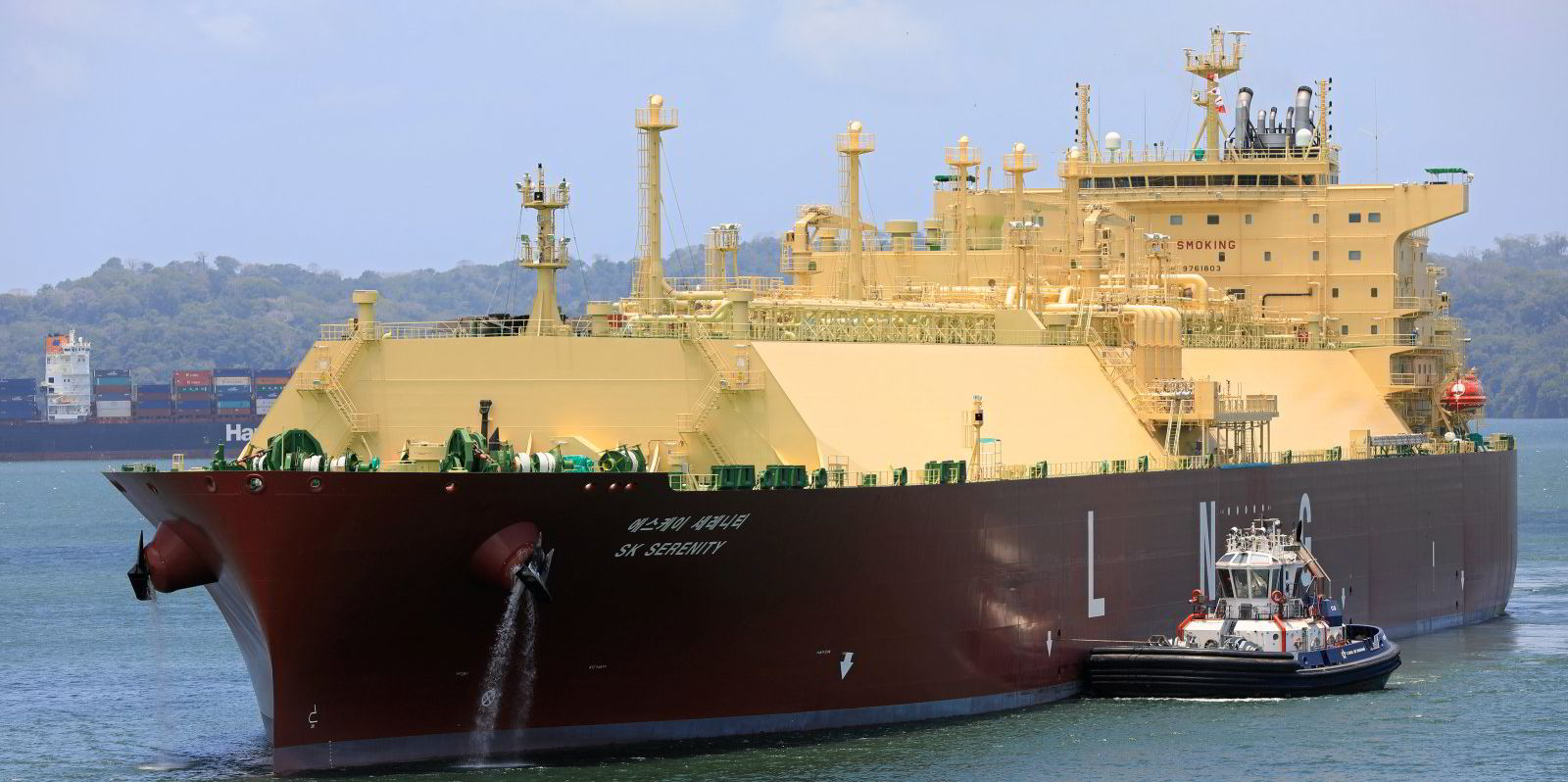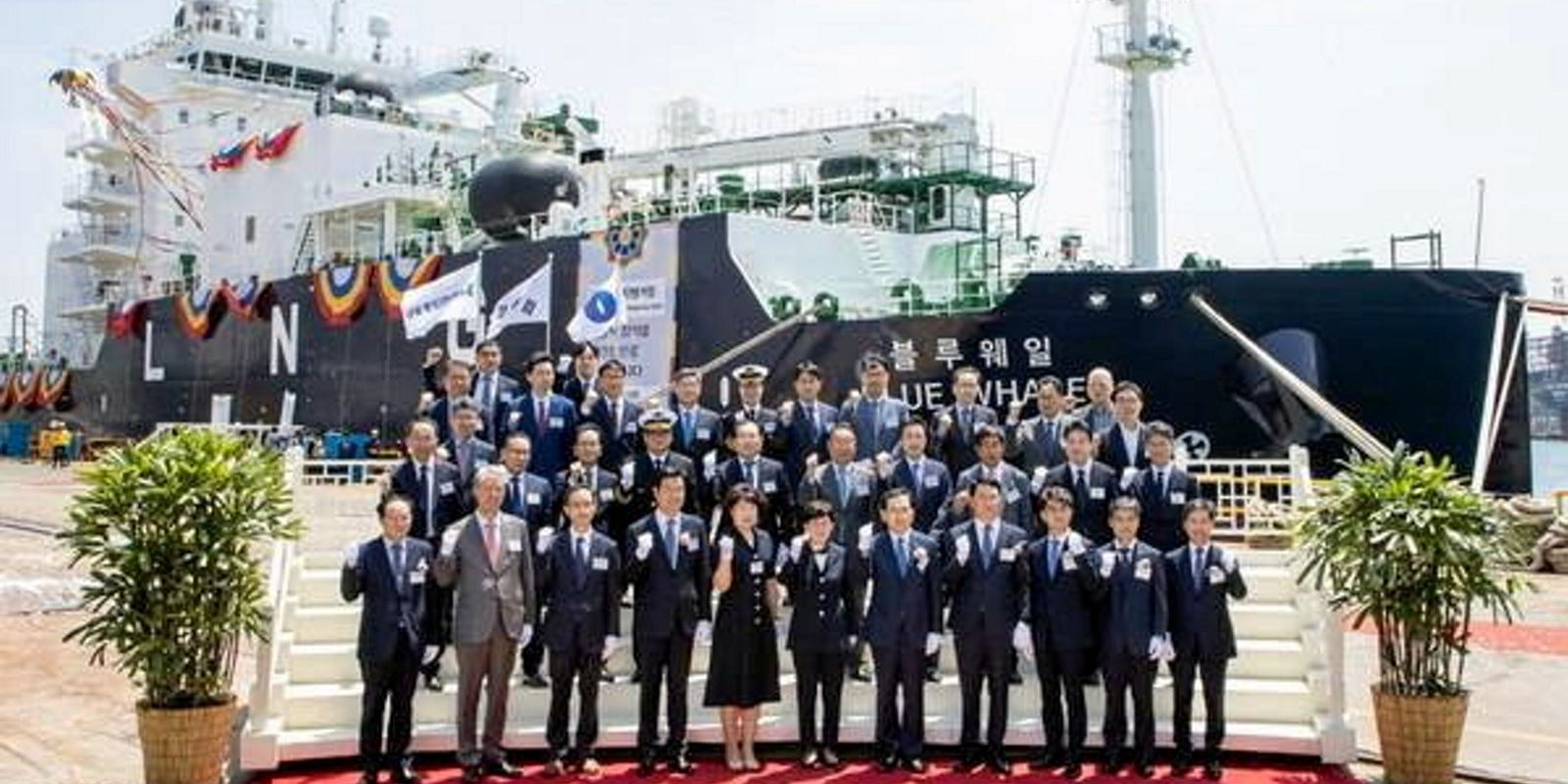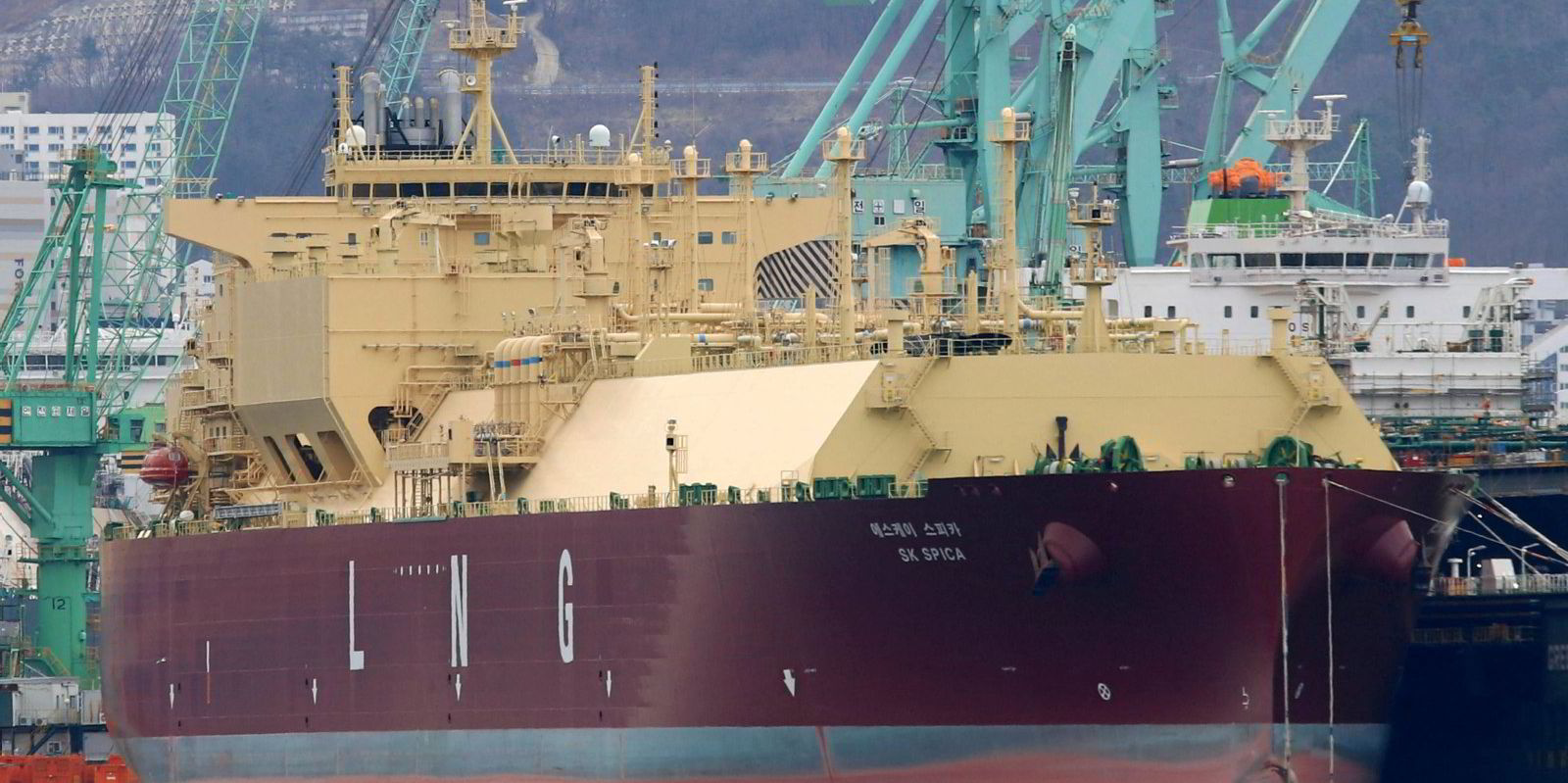South Korean shipbuilder Samsung Heavy Industries is taking compatriot gas importer Korea Gas Corp (Kogas) back to court over two LNG carriers for South Korea’s SK Shipping which were fitted with a Kogas-designed membrane-type cargo containment system that proved faulty.
According to South Korean media, SHI has filed a lawsuit against Kogas, whose spin-off arm KC LNG Tech designed the containment system for the two LNG carriers — the 174,100-cbm SK Serenity and SK Spica (both built 2018).
This follows the shipbuilder paying out KRW 378.1bn ($290m) to SK Shipping in December following the result of an earlier arbitration hearing.
At the time TradeWinds was told the figure was based on a valuation of around $180m per vessel when the two LNG carriers were delivered and their secondhand values which were set at about $45m each.
SHI said in December that it planned to recover the compensation from Kogas and this latest lawsuit is the yard demanding reimbursement for this amount on the basis that it was the state gas importer who designed the KC-1 system.
The yard’s spokesperson was not immediately available for comment.
In October, the Seoul Central District Court ordered Kogas to pay SHI KRW 72.6bn in compensation for the repair work carried out on the two ships — a ruling it is currently trying to overturn in the South Korean courts.
The court also instructed Kogas to pay shipowner SK Shipping KRW 115.4bn in compensation for its loss on the ships being unable to trade.
SHI revealed to the Korea Times that it had initially sought to acquire the LNG carriers jointly with Kogas rather than resort to legal action, but an agreement could not be reached due to the high costs involved on all sides.
SK Shipping, SHI and Kogas have been locked in legal wranglings over the LNG carriers for several years now with each party blaming the other for the issues regarding the vessels.
The SK Serenity and SK Spica were the first full-size LNG carriers to be fitted with Kogas’ KC-1 membrane-type system, which had been developed as a rival to French designer GTT’s widely adopted Mark III system.
The SK Serenity lifted two cargoes from the US before ice was found on its hull, suggesting a possible cargo leak, and the ship was pulled from service. The SK Spica never loaded a commercial shipment.
Both ships have idled at SHI’s Geoje yard in between repair work and test sailings.
Interest is now focused on whether the ships can be adapted for trading, reconfigured for other uses, or will need to be scrapped.
Aside from these two full-size LNG carriers, South Korea has built three small-scale LNG carriers. Two of these are fitted with KC-1 and another with the next iteration of the system, KC-2.







